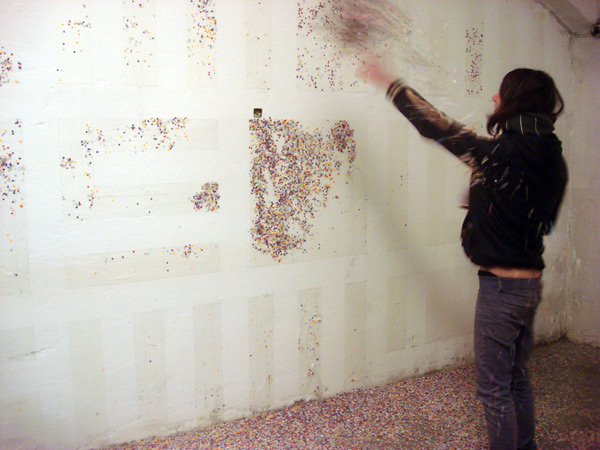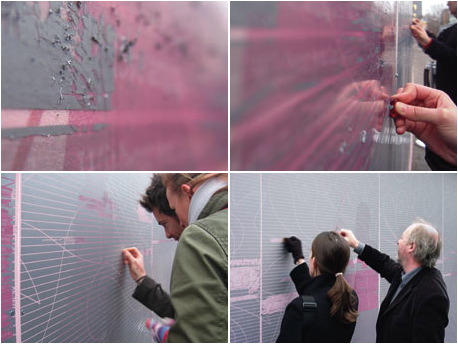The following is a quote from an article by Holland Cotter in the New York Times. I have to say - the tone of this article sometimes grated against me - but it does give a good (though heavily filtered) sweeping overview of the art world - and I like the few suggestions that are contained in this excerpt. With the opportunities our school has to offer, I think we are pretty far along the way towards living out some of these ideas......
Here goes:
It’s day-job time again in America, and that’s O.K. Artists have always had them — van Gogh the preacher, Pollock the busboy, Henry Darger the janitor — and will again. The trick is to try to make them an energy source, not a chore.
At the same time, if the example of past crises holds true, artists can also take over the factory, make the art industry their own. Collectively and individually they can customize the machinery, alter the modes of distribution, adjust the rate of production to allow for organic growth, for shifts in purpose and direction. They can daydream and concentrate. They can make nothing for a while, or make something and make it wrong, and fail in peace, and start again.
Art schools can change too. The present goal of studio programs (and of ever more specialized art history programs) seems to be to narrow talent to a sharp point that can push its way aggressively into the competitive arena. But with markets uncertain, possibly nonexistent, why not relax this mode, open up education?
Why not make studio training an interdisciplinary experience, crossing over into sociology, anthropology, psychology, philosophy, poetry and theology? Why not build into your graduate program a work-study semester that takes students out of the art world entirely and places them in hospitals, schools and prisons, sometimes in-extremist environments, i.e. real life? My guess is that if you did, American art would look very different than it does today.
Such changes would require new ways of thinking and writing about art, so critics will need to go back to school, miss a few parties and hit the books and the Internet. Debate about a “crisis in criticism” gets batted around the art world periodically, suggesting nostalgia for old-style traffic-cop tastemakers like Clement Greenberg who invented movements and managed careers. But if there is a crisis, it is not a crisis of power; it’s a crisis of knowledge. Simply put, we don’t know enough, about the past or about any cultures other than our own.











 This is one example of his works, and is something that may inspire many of us new, and or old printmakers.
This is one example of his works, and is something that may inspire many of us new, and or old printmakers.






















 Down the Barrel by Riah Buchanan, 2009
Down the Barrel by Riah Buchanan, 2009